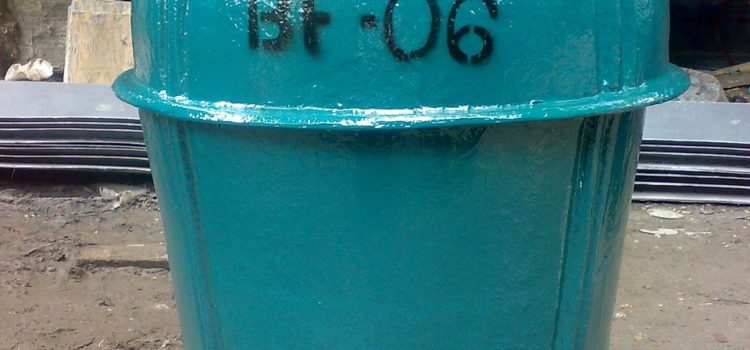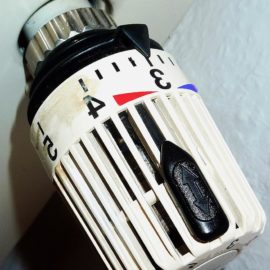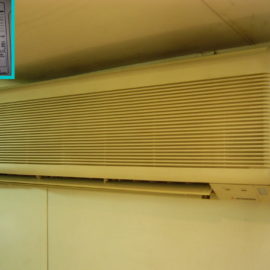
A septic tank is a common wastewater treatment system that uses the biological process of decomposition and drainage. Very often, homeowners stumble on septic tank problems due to negligence or environmental factors. Here are a few factors to take into account when installing and maintaining a septic tank.
Septic Tank Maintenance
All septic tanks require cleaning once a year by emptying them. They only hold 12 months sludge storage, and if sludge starts to empty into the soakaway soil, it very quickly blocks the air spaces in the soil, the effluent (liquid wastewater) cannot soak away, you suffer a soakaway failure, and the septic tank fills up, backing up the system.

Pumping
When the septic system is being used, sludge continues to accumulate at the bottom of the septic tank. Properly designed tanks are spacious enough for up to three years of safe accumulation of sludge. With an increase of the sludge level, the tank does not retain the sewage long enough to allow proper settling before the sewage enters the drain field. As more and more sludge accumulates, solids escape into the absorption area with less settling time. To prevent this situation, the settled solids in the tank must be pumped periodically. The sludge material pumped out of the tank is known as septage.
Soil absorption
The septic tank removes solids that both settle and float from the wastewater, and then the soil absorption field filters and treats the clarified septic tank effluent. Removing the solids (sludge) from the wastewater protects the soil absorption system from clogging and failure. In addition to removing solids, the septic tank also stores the settled portion and permits the digestion of a portion of those solids.
Nature of the soil
It is very unlikely to soak effluent away into clay or clay-based soil in a normal soak away drain field. The poor porosity away often fails within the first five years as their air spaces become filled with the high levels of suspended solids.
Another house joining the septic tank system
Septic tanks are designed to bear a certain volume of liquid per day. You cannot increase this volume without increasing the size of the septic tank and soak away to match. A family of six will put more matter in the tank than a family of two. The tanks are designed, so that floating material and sinking material are kept from going into the tile field, just the suspended material should go into it. If you don’t pump the tank when required, the solids that would sink go into the tile line, and it can cause the soil to seal, and the effluent from the tank will surface, creating a mess.
Heavy rain

Heavy rain can also cause severe issues. If the soil is unable to absorb the rainfall, it cannot cope with the extra liquid volume from a sewage system as well.
It pays to care for your septic tank by investing in septic pumping at least each year, saving you money and avoiding you hassles.




It’s great to learn that a septic pumping service removes the accumulated waste built up inside your septic tank. I never knew that overlooking this can lead to sewer backflow that may damage your property’s interior. I believe my friend can use this information after moving into a home that comes with these tanks.